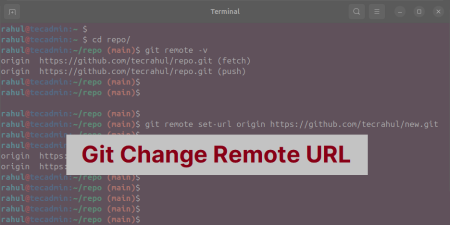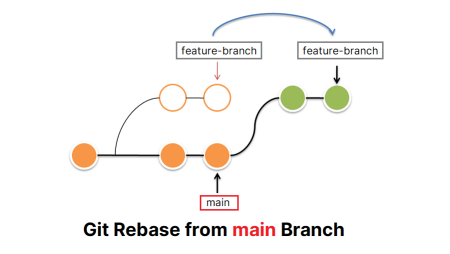In the wide array of commands offered by Git, a popular version control system, git restore stands as a crucial command for developers worldwide. Introduced in Git 2.23 as a new experimental command, it has become widely used for discarding changes in the working directory and the staging area. It is seen as an intuitive and safer alternative to other commands, such as git checkout and git reset.
Understanding Git Restore
The git restore command is a versatile tool that allows developers to restore files to a specific state. This means you can undo the changes made to files in your working directory and your staging area. This command proves to be particularly useful when you’ve made changes that you’d like to revert, whether they have been staged for commit or not.
At its most basic, git restore has two main applications:
- To unstage changes: This refers to moving changes that have been added to the staging area back to the working directory.
- To discard changes in the working directory: This effectively undoes the changes made to files in the working directory, restoring them to their previous state (usually the state of the last commit).
Syntax
The basic syntax of the git restore command is as follows:
1 | git restore <options> -- <file> |
Here,--source, --staged, or --worktree, and
Using the git restore Command
- Unstaging Changes
Imagine you’ve made changes to a file called file1.txt and staged these changes using git add. But then you realize that you’re not ready to commit these changes. You can unstage file1.txt using git restore as follows:
git restore --staged file1.txtThis command moves the changes in file1.txt from the staging area back to the working directory. The changes are not discarded; they’re just not included in the next commit until you run git add again.
- Discarding Changes in the Working Directory
Suppose you’ve made changes to a file named file2.txt in your working directory, but you want to discard these changes and revert file2.txt to the state of the last commit. The git restore command can be used as follows:
git restore file2.txtThis command will discard the changes in file2.txt, restoring it to the state of the last commit. Please be careful while using this command, as the changes you’ve made will be lost.
- Restoring File to a Specific Commit
The git restore command can also be used to restore a file to the state of a specific commit. For instance, if you want to restore file3.txt to the state of a particular commit (denoted as <commit>), you can use the
--sourceoption:git restore --source=<commit> file3.txt
Conclusion
The git restore command is a powerful, flexible tool in the Git ecosystem. Whether you’re looking to unstage changes or discard changes in the working directory, git restore provides an intuitive and safer method for managing changes in your project. As with all Git commands, make sure to use it with care to maintain the integrity of your codebase. Happy coding!


